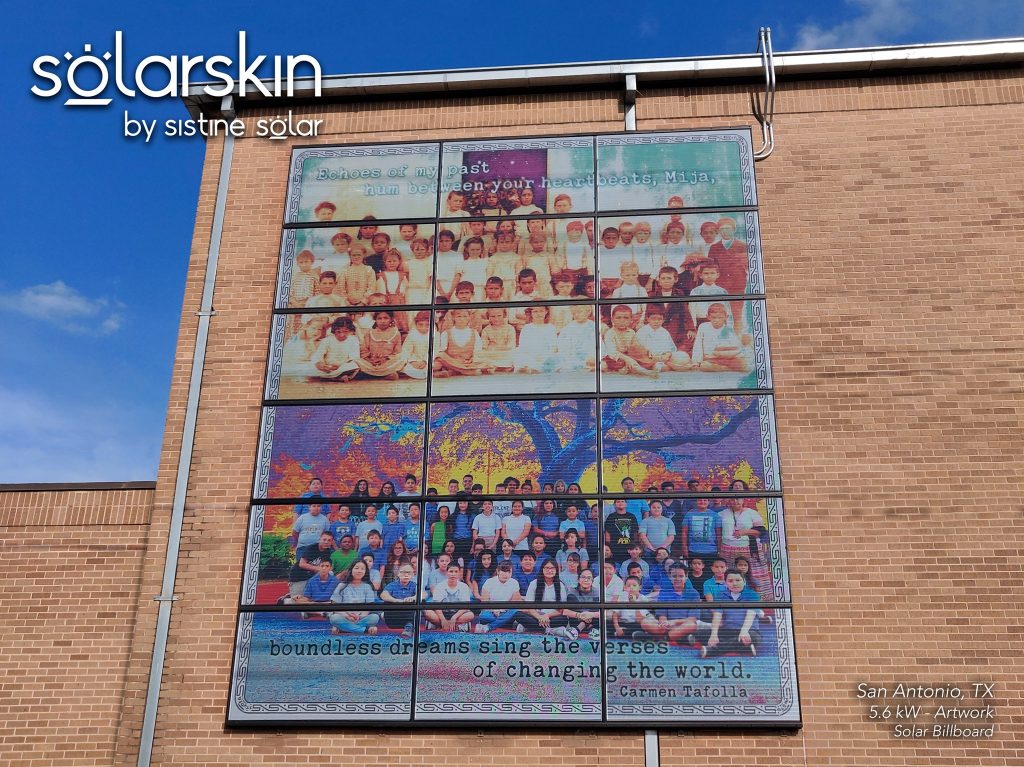
Installing a solar energy system reduces a nonprofit’s reliance on fossil fuels and lowers their operating costs. Learn the best ways for nonprofits to finance solar energy so that they can spend more money providing valuable services to their community.
For nonprofits, soaring electricity bills could mean compromising essential community services. Solar energy is the ultimate solution for reducing operating costs and showing a nonprofit’s commitment to sustainability. But, what’s the best way to finance solar, and, what are the benefits of going solar for a tax-exempt organization?
How Can Nonprofits Pay For Solar Panels?
Considering the constrained budget for nonprofits, solar financing can be challenging. However, there are several financing options you can explore, including:
- Cash: Crowdfunding is a viable option for nonprofits to raise money for solar installation. While it may take time and mobilization efforts, it's possible to fund your solar project through fundraising within your community.
- Grants: You can get grants from state and federal governments or nongovernmental organizations. They vary from state to state and with the funding organization. For instance, the Rhode Island Commerce Corporation has a grant program for renewable energy-generating systems funding for-profit and nonprofit organizations in Rhode Island.
- Solar loans: Solar loans are available for nonprofits and are usually low-interest. This allows you to fund your project and pay the loan over an extended period.
- Business loans: Apart from solar loans, you can also secure a loan as a business to fund your solar installation. However, such loans may be more expensive than solar loans.
- PPA: Power Purchase Agreement is a contractual agreement where you acquire solar energy through a third party. You can find an investor to install solar on your property, and they'll charge you per kWh of energy.
- Solar lease: A solar lease works the same as PPA. However, instead of paying the investor per kWh, you'll pay a fixed monthly amount for using the system.

How Does The 2022 Solar Inflation Reduction Act Affect Nonprofits?
Gloomy days are over for nonprofits that could not benefit from the previous federal solar tax credit due to their tax-exempt status.
The 2022 Solar Inflation Reduction Act (IRA) comes bearing benefits for nonprofits, who are now eligible for 30% of the total cost of solar as a direct payment. This investment tax credit (ITC) was formerly only available to taxpaying homeowners and businesses.
Further, nonprofits may also get an additional 10% if the solar project is in a low-income area.
This means when you install a solar system worth $20,000, you'll get back $6,000. And the best part is it's not tied to any tax liability, as is the case with homeowners and businesses.
This program will run until 2032, with those installing solar between 2023 and 2032 receiving 30%, which will reduce to 26% in 2033 and 22% in 2034.
Nonprofits will need to purchase the solar system since this direct payment option does not work for those with a third-party a solar lease or a Power Purchase Agreement (PPA).
What Is The Federal Direct Pay Option For Nonprofits?
The federal direct pay option allows nonprofits to enjoy the federal tax incentive even with their tax-exempt status. After filing a tax return for the tax year the solar system was installed, they will receive a direct payment equal to 30% of the installation project.

Primary Ownership Vs. Third-Party Ownership Of Solar
Nonprofits have two options when it comes to solar ownership:
Primary ownership - The nonprofit becomes the direct owner by purchasing and installing the solar power system on the organization’s property.
Third-party ownership - The nonprofit enjoys the energy savings of solar with no upfront costs through a third-party solar lease or power purchase agreement.
Primary ownership
Pros
- You'll get a better return on investment, enjoying lower electric bills and reduced operating costs once you achieve an ROI on the system.
- Solar installation improves your property's value and your brand perception.
- You can earn extra income through Solar Renewable Energy Certificates (SRECS) or
- You'll be eligible for the federal tax credit direct payment equal to 30% of the system cost.
Cons
- The upfront investment is expensive.
- You have to handle maintenance and repair costs.
- The permitting, installation, and financing process can be tedious.
Third-party ownership
Pros
- You'll enjoy energy efficiency without worrying about hefty upfront investment costs.
- You’ll save on energy costs by paying an agreed upon fixed rate for electricity each month.
- The third-party owner handles repairs and maintenance.
Cons
- There is no return on investment since you don’t own the system.
- You'll have to follow the contractual terms on energy consumption, and you’re locked into the agreement for the agreed upon term (typically 15-25 years).
- You miss out on extra income and property value.
Benefits Of Nonprofits Going Solar
Nonprofits have a lot to gain by adopting solar energy use. Benefits include:
- Energy independence: Solar is an excellent option to lower electricity costs. As an organization, you will enjoy low or no electricity bills depending on your solar installation. This means you can focus more resources on running community-based projects and filling your nonprofit’s mission.
- Serve your community: If you opt for battery storage with your solar system, you can store excess energy and run critical components even during power outages. This could enable you to further serve your community by providing shelter and services during storms and outages.
- Built-in branding space: You can enhance your nonprofit branding by incorporating SolarSkin technology on your solar panels. Custom SolarSkin overlays turn your rooftop or ground-mounted solar system into a vibrant branding space for your name, logo, or artistic imagery that represents your organization’s mission.
- Improved brand perception: Generating clean energy is a great way to showcase your nonprofit’s commitment to sustainability. You’ll attract new like-minded investors, employees, and volunteers that prefer to work with environmentally-conscious organizations.



